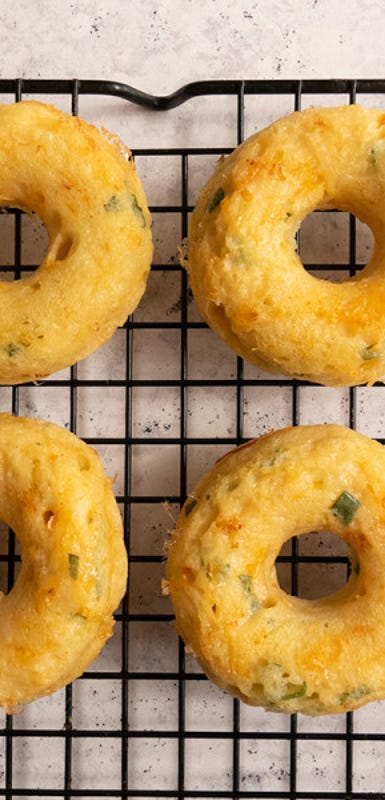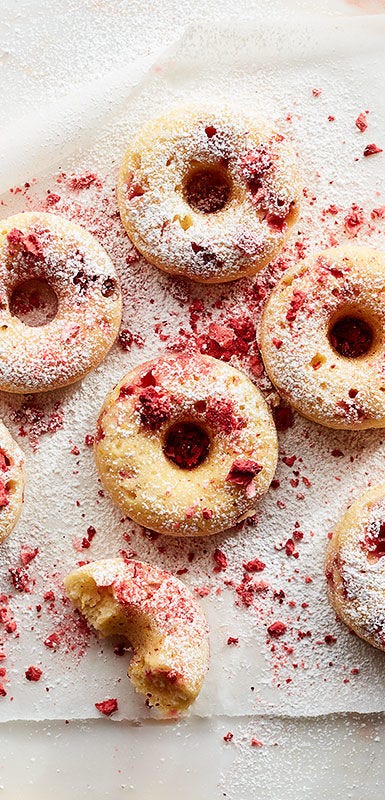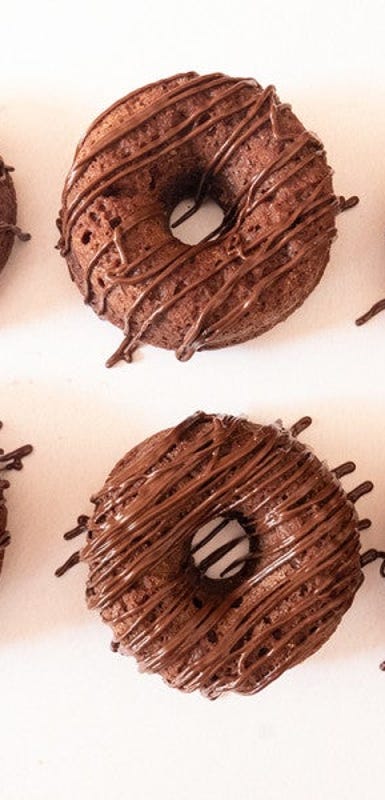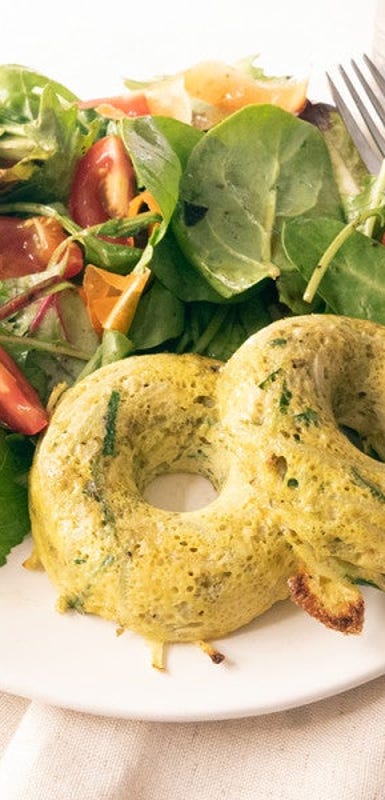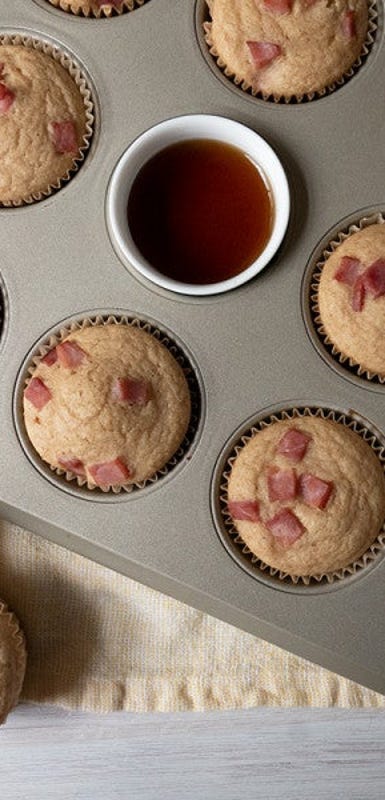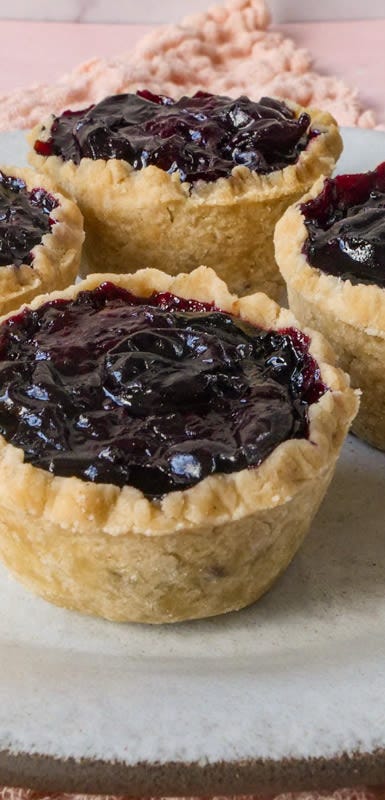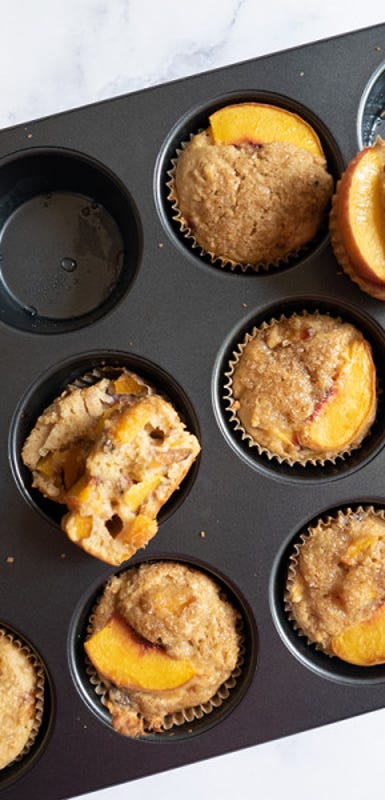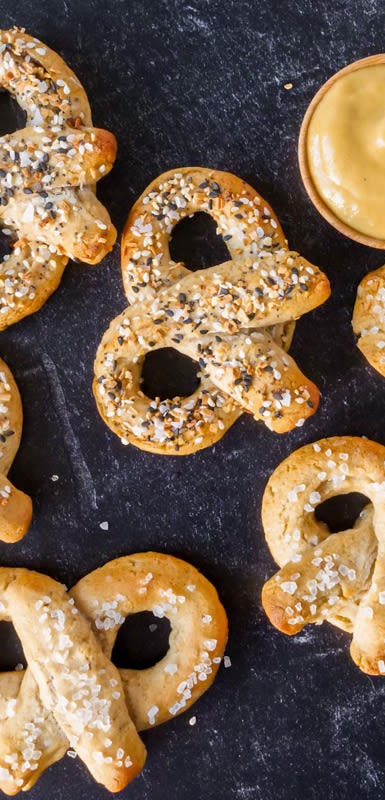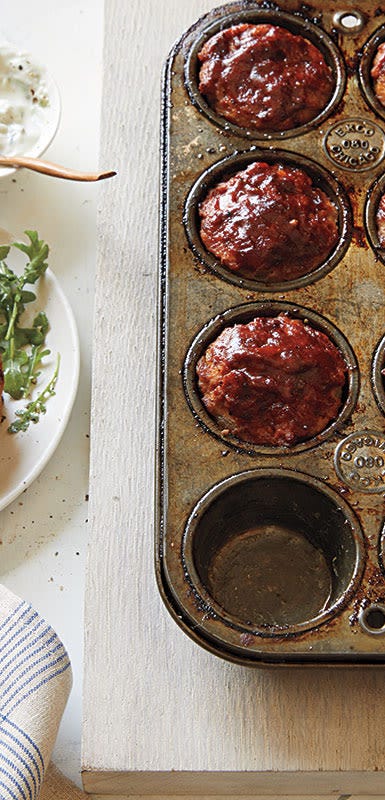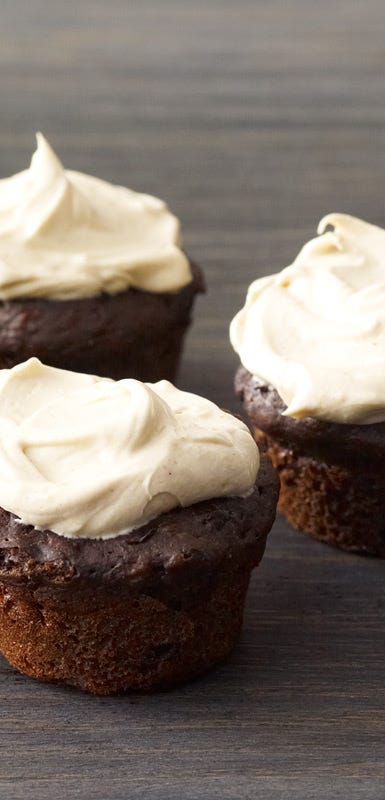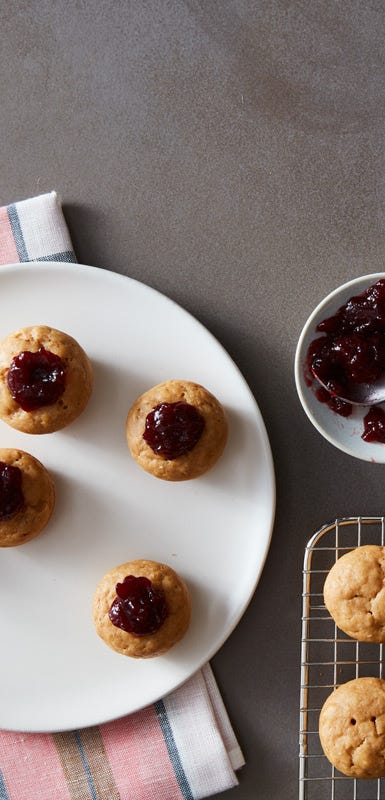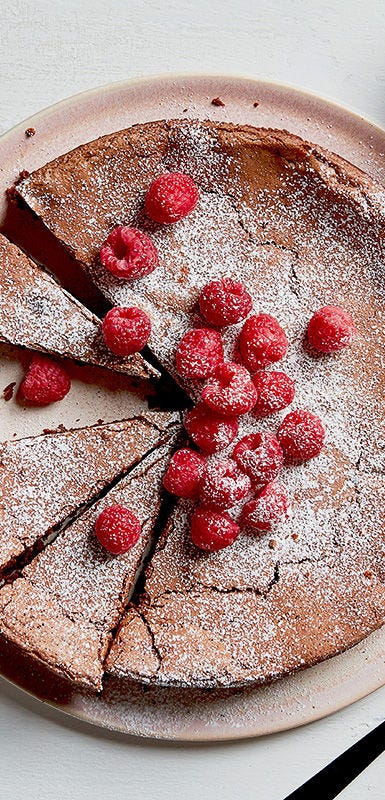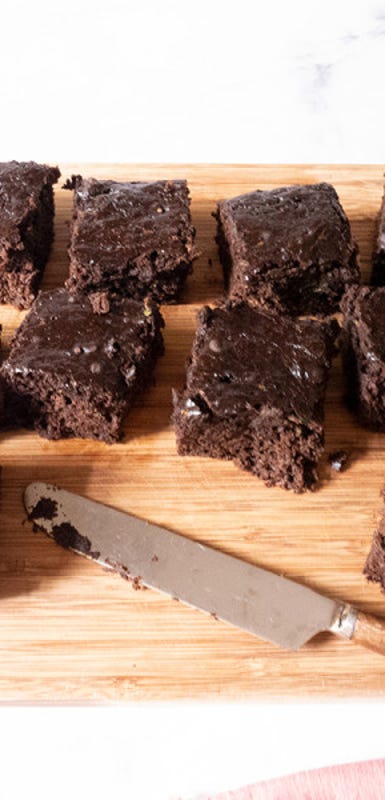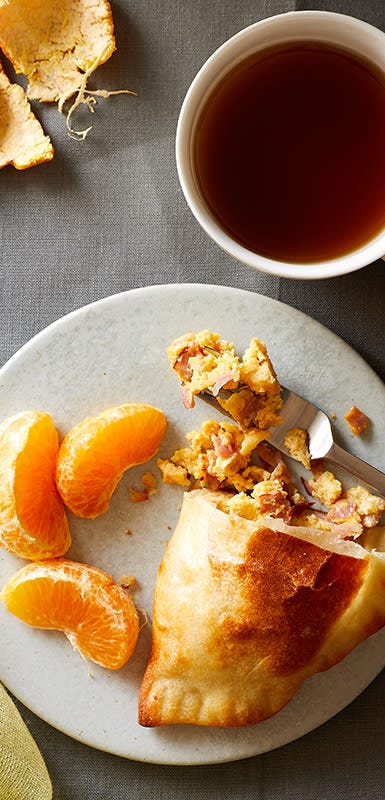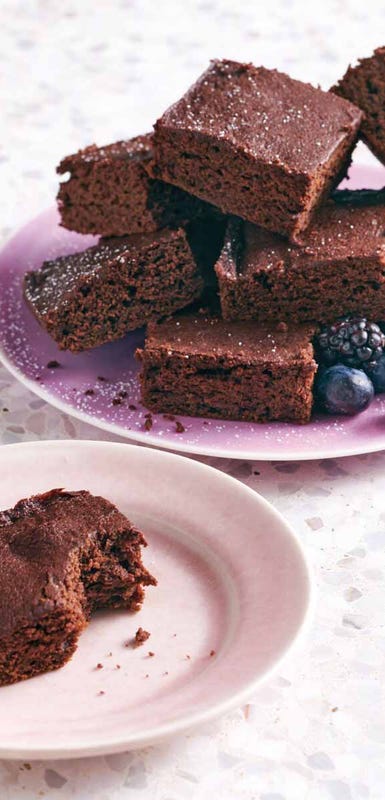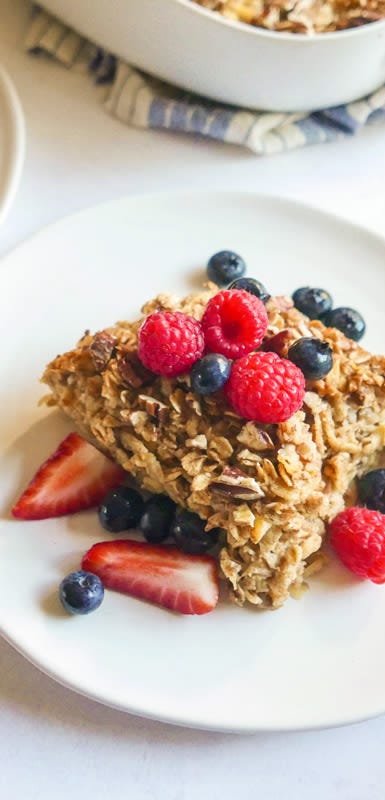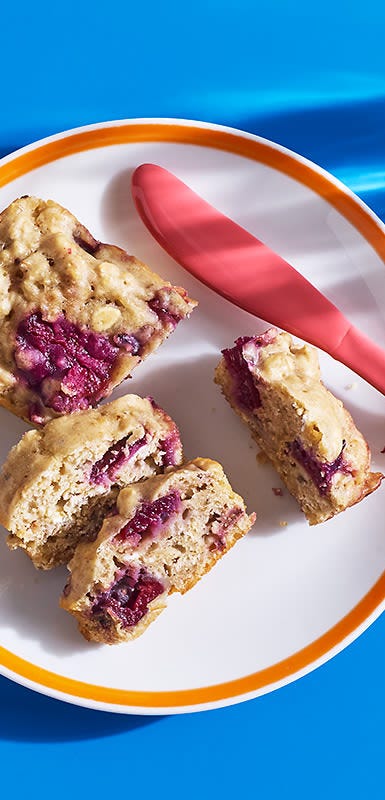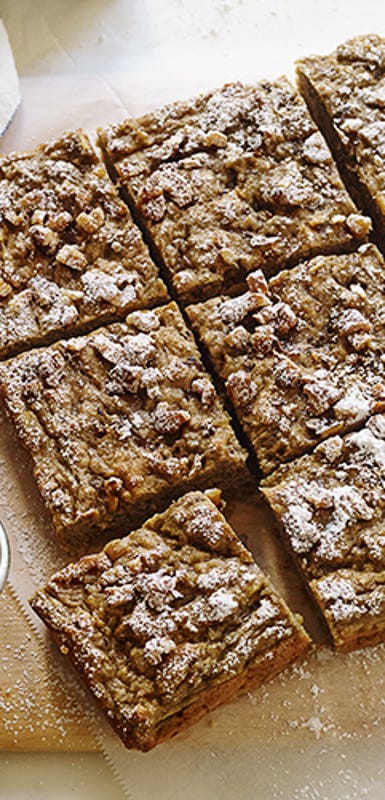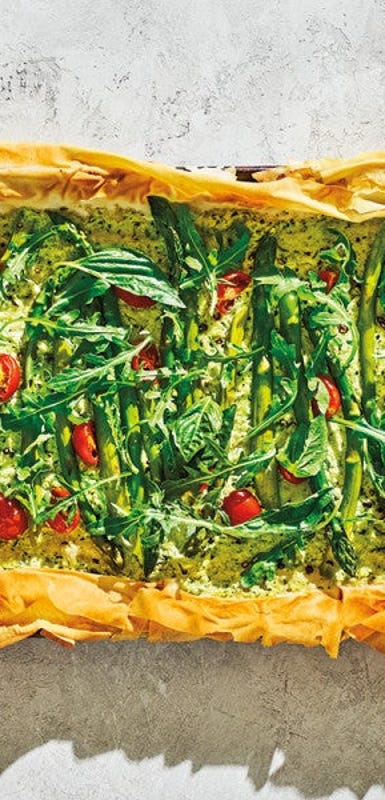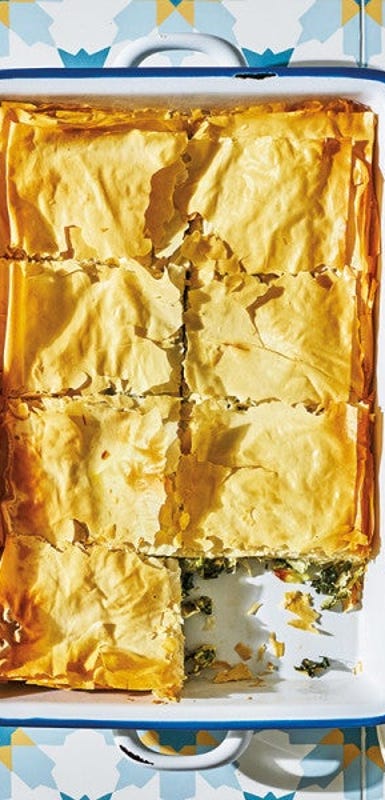Everything you knead to know to prepare for World Baking Day - plus 20 sweet and savoury recipes to try!
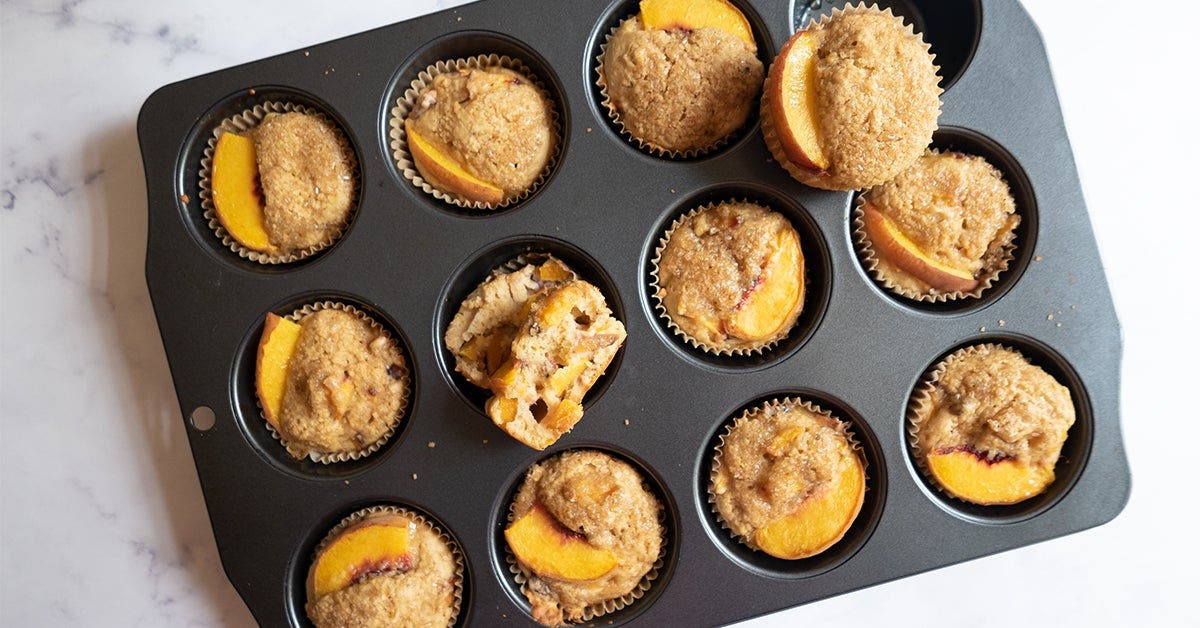
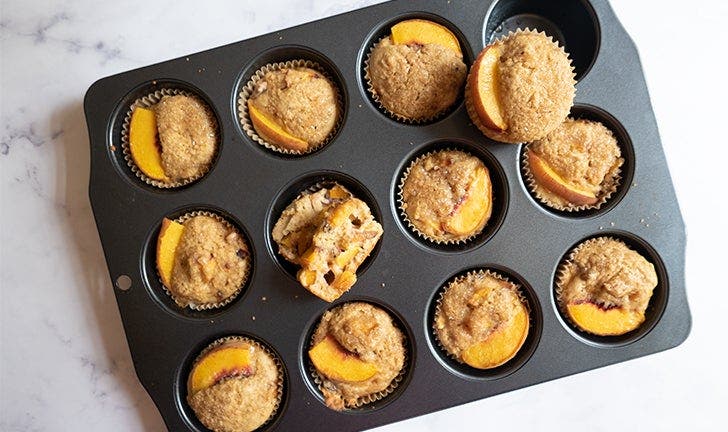
Baking is a tradition in many households. But there is more to baking than just perfecting a family recipe and creating memories while doing it. This day isn’t just about a jar of baked cookies or the aroma of a freshly baked pie. Rather, on World Baking Day, bakers worldwide are encouraged to observe this day by teaching their children how to bake, take a crack at a recipe they have never made before, or snap a photo of their prized creation and post it to social media with #WorldBakingDay.
Baking is an art that is deeply rooted in history, and is seen as one of the oldest methods of cooking. The rising of yeast was a phenomenon that was first observed by the ancient Egyptians when doughs, held for hours before baking, exhibited some desirable changes and at times, spoilage caused by yeast. By 2600 BCE, the Egyptians had gained control over this leavening process. Reserves of sour dough were portioned out to create fresh dough and eventually the Egyptian baking industry developed more than 50 variations of bread. Many bread making techniques, created by the Egyptians, are still used in modern day baking. The Egyptians also developed the first oven, made of clay from the Nile. This vessel consisted of an upper baking chamber and a lower partition that was referred to as “the firebox.”
During the Middle Ages, the United Kingdom commercialized baking with rules and regulations that dictated how to bake and sell bread. The different varieties of bread and cakes consumed today are modifications from those, which arose in the Middle Ages. The rise of globalization during the 16th and 17th century led to the emergence of a variety of ingredients other than flour, butter, honey, and sugar. The 19th century gave rise to the oh so popular applesauce cake. This dessert was baked into existence during World War 1 when applesauce was easy to produce and was affordable. Fast forward to the 21st century, where baked goods, whether savoury or sweet, are enjoyed worldwide. You don’t need to be a specialized pastry chef or health nut to celebrate this holiday, just bake it till you make it! So grab your rolling pin, baking pan, flour, sugar, and sense of adventure and let’s enjoy this day to its sweetest and fullest.
10 Baking substitutions for when you have limited ingredients
Every baker's worst nightmare is reaching for their recipe and realizing that they are missing a key ingredient. This can happen to most of us, especially when you are baking on a whim! Unlike cooking, it is hard to make a conscious swap without knowing what will not compromise the texture, taste, and consistency (and chemistry!) of a baked good. However, there can be a little wiggle room in certain recipes that won’t compromise flavour and some may actually be a healthier alternative to their original counterparts. Here are some common substitutions, which use fridge and pantry staples that you most likely always have on hand, that will save your batter when you have limited ingredients.
| Missing Ingredient | Substituted Ingredient | |||||
| Eggs | Applesauce - replace each egg with ¼ cup of unsweetened applesauce. If sweetened applesauce is used, consider reducing other added sugars in the recipe. | |||||
| Flaxseed egg - a vegan alternative to eggs that is made by mixing one tablespoon of ground flaxseed meal with three tablespoons of water. The mixture is then left to sit in the fridge for 10-15 minutes to thicken to the desired consistency, similar to a chicken egg. | ||||||
| Sugar | Banana - replace 1 cup of sugar with 1 cup of mashed banana with a few tablespoons of water for a natural, nutrient-rich sweetness. | |||||
| Flour | Black beans - pureed black beans (if canned they must be drained and rinsed) can be used to substitute white flour in equal proportions. | |||||
| Butter | Margarine and shortening - can be swapped in for butter at a 1:1 ratio. | |||||
| Oil - olive, vegetable, and coconut oil can be used as an alternative to butter. Replace every cup of butter with ¾ cup of oil. Coconut oil can be used in a 1:1 ratio when substituting for butter. | ||||||
| Banana - mashed bananas have the most comparative consistency to butter if margarine cannot be used as a substitution. Bananas are also rich in vitamins, minerals, and fibre which makes it an excellent healthy swap. | ||||||
| Whole Milk | Skim milk - full fat dairy products can be substituted with lower milk fat counterparts in equal proportions without compromising taste and consistency of baked goods. | |||||
| Buttermilk | Milk and lemon juice/white vinegar - many people often avoid purchasing a full carton of buttermilk when only ½ to 1 cup is often needed. Simply mix together 1 cup of 1% or 2% milk with 1 tablespoon of lemon juice or distilled white vinegar and let the mixture sit at room temperature for 5-10 minutes until the mixture is slightly thickened. | |||||
| Sour Cream | Greek yogurt - does not always replace sour cream in equal proportions; this will vary based on the recipe. Greek yogurt is an excellent substitution for sour cream since it lowers the total fat and calories, all while increasing protein and not compromising the taste | |||||
| Molasses | Dark maple syrup - maple syrup can be substituted in a 1:1 ratio for molasses as it provides a similar rich and earthy taste. Since maple syrup is sweeter than molasses, you may want to reduce the amounts of other added sugar in the recipe. | |||||
| Chocolate Pieces | Unsweetened cocoa powder - if your recipe calls for chocolate chunks, replace every ounce of semisweet chocolate with 1 tablespoon of unsweetened cocoa powder + 2 teaspoons of sugar + 2 teaspoons of unsalted butter | |||||
| Baking Soda | Baking Powder - this pantry staple is used for leavening and promoting the rising of batters and can also be used as a substitute for baking soda. Since the leavening power is not as strong as baking soda, baking powder cannot be used in equal proportions. Rather you need to use more baking powder to reach the same desired product. Replace every teaspoon of baking soda with 4 teaspoons of baking powder |
10 Tips and tricks to prepare you for World Baking Day
When you paint a house you require the proper painting tools, when you pave a sidewalk you require the appropriate cement. Well, similar to all trades, when you bake, you need the suitable equipment, tips, and tricks of the trade to get you started and provide the tastiest desired outcome. Baking from scratch can be intimidating and can leave you asking: Do I have the right equipment? What is the correct baking temperature? How do I know if I have the right butter consistency? Here, we will give you the top ten tips to bake better. Let’s add a dash of fun and sprinkle of excitement to get you started on your next baking adventure.
- If you don’t have a cookie scooper, use an ice cream scoop to portion out amounts of batter into liners or tins for well-proportioned cupcakes and muffins each time.
- Leveling is key! When you scoop dry ingredients into a measuring cup or measuring spoon, use a knife to level the ingredients to prevent adding too much or too little of an essential ingredient.
- Sift dry ingredients to break up any lumps that may have formed while they were stored
- If a recipe calls for chilled butter, grate a brick of butter and place it in the fridge ahead of time. Since the butter is now in grated pieces, it will prevent you from over handling the butter, causing it to melt.
- Allow cakes, cupcakes, muffins, and loaves to cool for about 30-40 minutes before removing them from liners, tins, or pans. This will ensure that the baked good has had time to settle into form and cool, which will allow for a quick and clean release of the baked good.
- Bang down your cake pans or tins on the countertop a few times before placing them into the oven to release any air bubbles from the batter
- The best way to thin out melting chocolate for dipping or coating a baked good is to add a few drops of fat in the form of butter, oil, or shortening. This will allow the chocolate to reach the desired consistency.
- Dough rises best if it is kept in a warm, dry location. If you’re having difficulty finding a spot that best suits your needs, place your dough into your oven, which should be turned off, but with the oven light left on. This allows for the dough in the oven to rise perfectly!
- Allow your mixing bowl and hand mixer beaters to chill by placing them in the fridge prior to making whipped cream. A cold bowl and beaters will allow for the cream to whip faster.
- Brush crusts, rolls, and biscuits with an egg wash before baking to provide a shiny finishing touch. To create the egg wash simply beat together one large egg with 2 tablespoons of water.
10 Smart swaps to keep the SmartPoints low
Better-for-you baking means looking for ways to make your family favourites without sacrificing flavour. By swapping in fruit, vegetables, healthy unsaturated fats, fibre, and protein you can help keep the SmartPoints low.. Here are 10 smart swaps to try incorporating into your baking.
- Replace sugar with unsweetened applesauce - applesauce can replace sugar in equal proportions. Since the applesauce is a wet ingredient, contributing liquid to the recipe, decrease the amount of additional liquid by ¼ cup per cup of applesauce used.
- Replace butter with unsweetened applesauce - substitute part or all of the butter in baked goods such as muffins as cake mixes, with applesauce. Similar to the above, decrease the amount of liquid by ¼ cup per cup of applesauce used. The addition of unsweetened applesauce adds a fibre punch.
- Replace butter with banana - substitute an equal portion of softened butter in the recipe for mashed banana. This swap works best in muffins, cakes, cookies, and loaves. Keep note that replacing butter for banana may cut down cooking times by 25% so keep an eye on your baked goods!
- Replace eggs with banana - replace each egg with ¼ cup mashed bananas. This is a great substitute in most chewy baked goods all the way to pancakes and sweet quick breads/loaves. The high moisture content of the banana acts as a binding agent and enriches the recipe with its subtly sweet flavour.
- Replace regular cream cheese with 2% reduced fat cottage cheese - substituting ¾ cup of regular cream cheese for an equal proportion of 2% reduced fat cottage cheese will lead to a 24 SmartPoints differential on all program plans. Keep in mind that this substitute typically works best for cheesecake recipes. Since the cottage cheese imparts more of a tangy flavour in comparison to the cream cheese, increase the amount of vanilla extract used.
- Replace oil with canned pumpkin - replace vegetable oil with pureed pumpkin in equal proportions. This substitution is particularly tasty in spiced breads, cakes, and chocolate desserts.
- Replace semisweet chocolate chips with unsweetened cocoa powder - substitute 2 tbsp of unsweetened cocoa powder plus 4 tsp of sugar for every ¼ cup of semisweet chocolate chips. This will be a 6 SmartPoints differential on all program plans. Cocoa powder can be added to cookies, cakes, muffins, and loaves for an anti-oxidant boost when you’re looking to lower SmartPoints.
- Replace 2% milk with plain unsweetened almond milk - replace the 2% reduced fat milk with plain unsweetened almond milk in a 1:1 ratio for a 4 SmartPoints differential on all program plans. The creamy consistency of the almond milk will compensate for the fat percentage from the 2% milk. This ensures batter consistency and baking times are not altered.
- Replace smooth peanut butter with powdered peanut butter - for the same creamy consistency, swap in equal amounts of powdered peanut butter and 1 tablespoon of water for regular smooth peanut butter. There are also endless ways to use powdered peanut butter. It can be used as a dry ingredient while baking, mixed with water and used as a spread, and can be sprinkled as a topping, all while saving SmartPoints values.
- Replace all-purpose flour with chickpeas - replace 1 cup of all purpose flour with 1 cup of pureed chickpeas. One baking tip to note for this substitution is that it takes one 14 oz can of drained and rinsed chickpeas to yield 1 cup of pureed chickpeas. The substitution works best when baking brownies and blondies.

